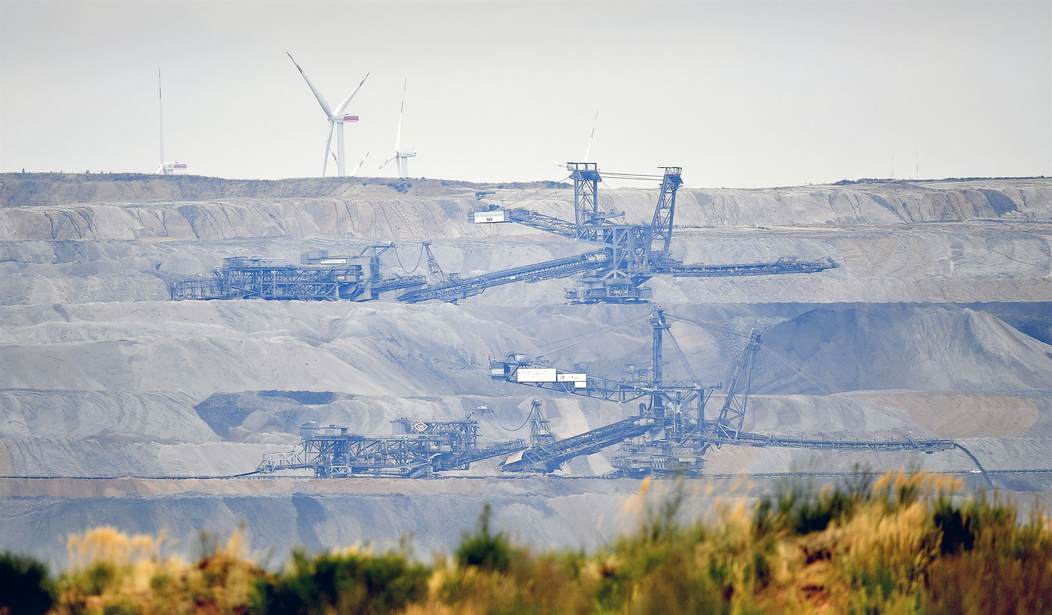Global energy usage shrank significantly during the pandemic lockdowns and remained comparatively low during the winter. But now that the United States is reopening, along with much of the rest of the world, energy demand is spiking at unprecedented levels. In order to meet the increasing need, many countries, including America, are turning to a much-vilified but very reliable source. Coal-fired power plants are driving up the need for more coal. This trend flies in the face of all of the promises and treaties that have been in vogue of late, with countries promising to reduce their “carbon footprints” and go to renewable, green energy technologies. The reality of the current state of green energy is sinking in, however, and people are going to meet that demand for electricity however they have to. (Wall Street Journal)
Coal use is surging in some of the world’s largest economies as electricity demand rebounds from the pandemic, illustrating the challenges to countries looking to wean themselves off the dirty but reliable fossil fuel.
Coal was in decline for years in many countries, but its use is now picking up in the U.S., China and Europe despite growing pressure from governments, investors and environmentalists to curb carbon emissions. The leading reason for the uptick—which has pushed coal prices to multiyear highs—is rising power demand as economies reopen rapidly from pandemic hibernation.
While analysts and executives say the resurgence of coal is likely to be short-lived, it shows the world’s continued dependence on fossil fuels until renewable-energy capacity grows further and storage technologies improve.
A combination of supply chain issues and policy changes is currently driving up the cost of natural gas and leading to delivery challenges. More nuclear power plants are going offline and the remaining ones are already operating at capacity. Many solar and wind projects have been constructed, but their operation depends on the time of day and shifting weather conditions. Also, those renewable sources can’t be scaled up when demand increases.
Taking all of that into account, we are reminded that coal is still cheap and plentiful. One energy analyst in the linked report is quoted stating what should be obvious to anyone. “When governments are faced with the choice of not supplying electricity, or using coal, they will use coal.”
One of the most basic functions of any government is keeping its people alive and functional. One big part of that is keeping the lights on in the most literal sense of the phrase. No matter how concerned you are about carbon footprints and all the rest, if you put the country into a sustained blackout you’re going to see people with pitchforks and torches in the streets. (They’ll need the torches for light anyway.)
So how fast is the demand rising? In the first six months of this year, coal supplied 23% of the energy in the United States. Last year it only accounted for 17% during the same period. Granted, demand was down last spring after the shutdowns began, but this is still a notable increase.
Demand for coal is up in other parts of the world. Germany and France have been forced to rely more heavily on coal after shuttering much of their nuclear power facilities. And China has always burned huge amounts of coal despite their promises to be more sensitive to climate concerns.
This isn’t expected to last, however. Current projections still show the coal industry to be in decline. But the only other non-coal alternative in crunch times such as these is natural gas. And that means more drilling. Somebody is going to be wanting a word with all of the liberal politicians who promised to “go green” before too long.








Join the conversation as a VIP Member